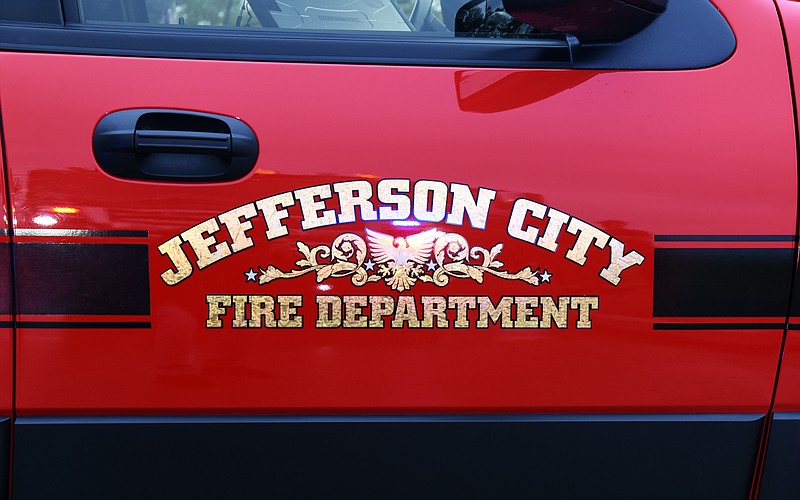While medical calls account for a large portion of the Jefferson City Fire Department's calls for service, firefighters have to be the jacks of all trades as the type of calls they receive can dramatically vary.
The Jefferson City Fire Department responds to approximately 4,800-5,000 annually, Fire Chief Matt Schofield said.
In the 2018 fiscal year - Nov. 1, 2017, through Oct. 31, 2018 - the fire department responded to 4,837 calls for service, according to the Jefferson City 2018 fiscal year audit.
"We kind of think of ourselves as a Swiss army knife in responders in that we can do a lot of things and provide a lot of services and bring expertise and services to hopefully make the situation better," Schofield said.
Over the last 41 months, medical calls account for more than half of the fire department's calls for service - 59.78 percent, Schofield said. Fire calls made up only 16.73 percent during that same time frame.
As the city's first responders, all Jefferson City firefighters must either have worked as EMTs or paramedics or must become EMTs within their first year of work, Schofield said.
"That's a big part of our mission, to be the city's first responders from a medical perspective," Schofield said.
Rescue calls accounted for 7.52 percent of all calls for service, Schofield said. This includes vehicle accident rescues, technical rescue, confined space rescue and water rescue.
Calls to assist other agencies made up 7.28 percent of all calls for service over the last 41 months, Schofield said. An example could be the fire department helping to clear a roadway or guide traffic following a vehicle wreck.
Code enforcement calls accounted for 1.31 percent, Schofield said, adding enforcing the open burning ordinance makes up a large chunk of that percentage.
Making up 2.2 percent of the total calls, hazmat calls involve hazardous materials like fuel spills and anhydrous ammonia leaks.
Public education and prevention activities made up 4.24 percent of all calls for service during that 41-month period, Schofield said.
Unknown problems made up slightly less than one percent of all calls over the last 41 months, Schofield said. These are calls that fire officials can't easily categorize or identify the causes. This could be a vehicle hitting a fire hydrant, a building having a structural issue that is not associated with a fire or someone calling because they thought they saw an issue but the fire department couldn't find the problem.
Many calls do not fit into one category though, Schofield said.
"If you had an accident, we're there not only to provide medical care for the patient initially until the ambulance (arrives) but also providing traffic control, or we might be doing hazardous waste clean up with fuels or fire protection if the vehicle is on fire," he said. "So, it's very efficient for us to be medical responders, hazardous materials technicians, having all of the equipment to do the rescues and provide fire suppression. There are many components to just one call."

